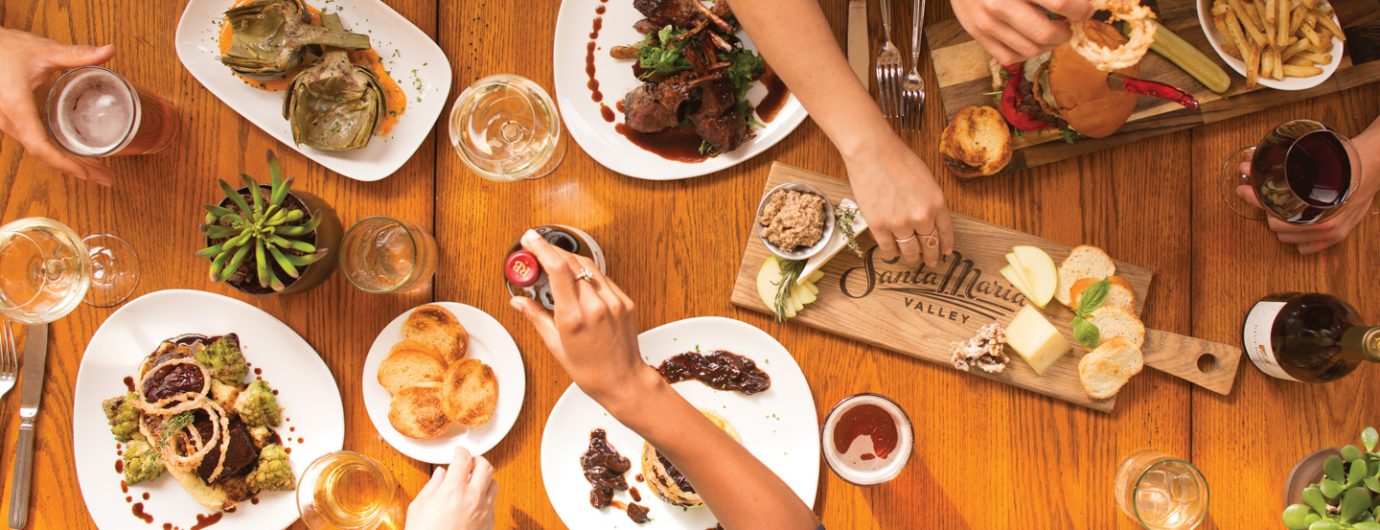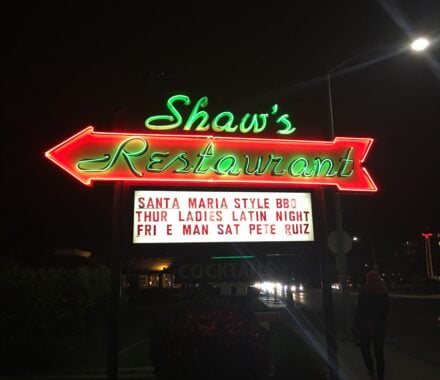![]() Here in the Santa Maria Valley and across the Central Coast, tri-tip rules the ‘cue.
Here in the Santa Maria Valley and across the Central Coast, tri-tip rules the ‘cue.
Indeed, you see this homegrown cut of meat everywhere here, from restaurant menus to local grocers to farmer’s markets.
But elsewhere? Not so much. Take the Motor City in Michigan, for example…
In a recent excellent feature on Santa Maria BBQ food writer Susan Selasky of the Detroit Free Press writes, “Recently I was reminded of a cut of meat not every grocery store or meat cutter carries: tri-tip. A local grocery store was featuring tri-tip roasts on special for $4.99 a pound. It’s the first time I could recall seeing this cut of meat advertised like this locally. Generally, I always found tri-tip hard to come by — especially where I live. Even some meat stores that I frequent often don’t carry it.”
This is a story that plays out across the nation. While tri-tip is certainly much more known today than just five years ago (in some small part due to this blog, we’d like to think!), it still often ranks as a secret cut for those “in the know.”
As Selasky writes, “Tri-tip is a tender cut of meat that comes from the bottom sirloin. The Santa Maria Valley region, in California’s central coast, claims to have discovered the cut as well as its storied style of barbecuing over red oak. To protect their claim to fame from copycats, the Santa Maria Chamber of Commerce copyrighted the Santa Maria Style Barbecue recipe in 1978. The Santa Maria-style of barbecuing dates to the 1800s when local ranchers would host a Spanish-style barbecue for their cowboys. It wasn’t until the 1950s that the tri-tip made its way into barbecue fashion.”
That’s a perfect (and accurate) summary of our local culinary tradition, and so we say hats off to Ms. Selasky for turning her readers onto the delights of Santa Maria Style Barbecue.




